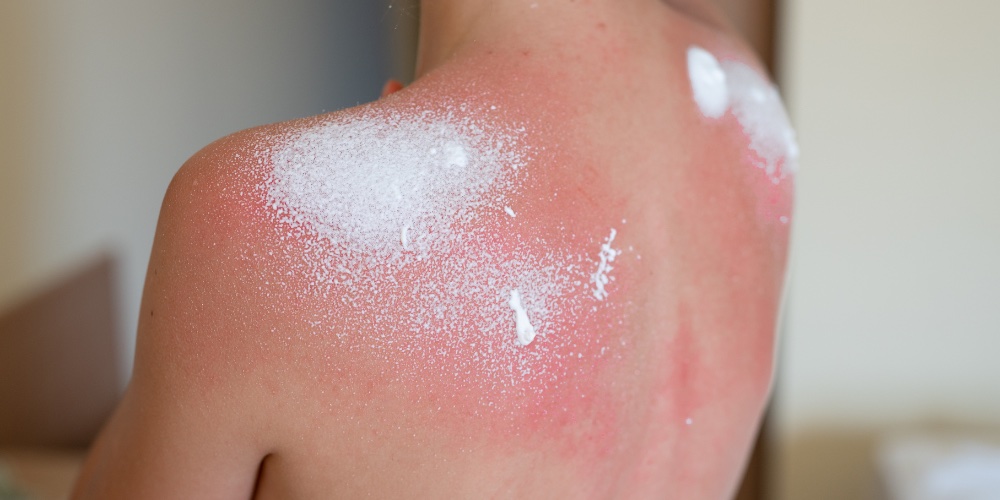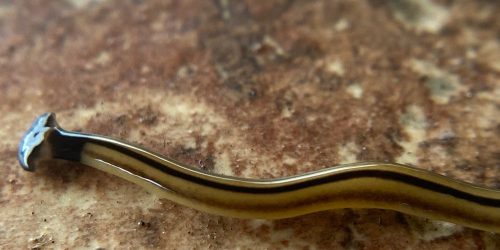THE WORST TIME OF YEAR FOR SUNBURNS IS IN MAY

During May, we start to feel the warmth of the sun but sometimes forget that its UV rays can still be harmful. It's springtime, and we often consider sunburn season to be in the summer, when we can still get burned in the winter!
A new survey reveals that most people are not concerned about skin cancer, even if they are at risk!
Skin cancer is one of the most preventable types of cancer, yet a recent survey of more than 1,000 U.S. adults found that 61% of people are not concerned about developing skin cancer, even though 67% of respondents have characteristics that put them at risk.
In recognition of Skin Cancer Awareness Month in May and Melanoma Monday® on May 1, the American Academy of Dermatology (AAD) is encouraging the public to #PracticeSafeSun to reduce their risk of skin cancer.
Overexposure to UV radiation from the sun or indoor tanning is the most preventable cause of skin cancer. While skin cancer develops in people of all ages, genders, races, and nationalities, some characteristics can increase your risk. Risk factors for all types of skin cancer include skin that burns easily; blonde or red hair; a history of excessive sun exposure, including sunburns; tanning bed use; a weakened immune system; and a history of skin cancer.
48% say they are more worried about avoiding sunburn than they are about preventing skin cancer.
Additionally, 29% are more worried about avoiding premature wrinkles than they are about preventing skin cancer.
To protect yourself from the sun and reduce your risk of skin cancer:
- Wear sun-protective clothing, such as a lightweight long-sleeved shirt, pants, a wide-brimmed hat, and sunglasses with UV protection, when possible.
For more effective protection, choose clothing with an ultraviolet protection factor (UPF) number on the label. - Apply a broad-spectrum, water-resistant sunscreen with an SPF of 30 or higher to all skin not covered by clothing. Broad-spectrum sunscreen protects from both UVA and UVB rays.
Beat FOMO by being in the know!
Sign up for our newsletter today and never miss a beat.







